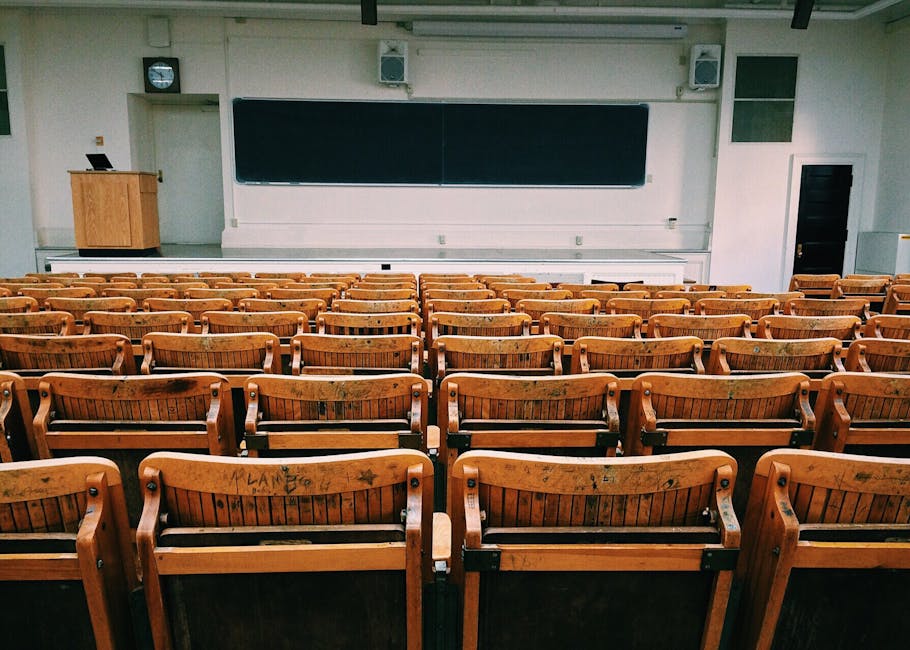No products in the cart.
Transforming Education: AI Training for Teachers in Gumla
Gumla's administration has initiated AI training for government teachers, aiming to enhance language acquisition and educational methodologies.
In a move that could reshape the educational landscape of Gumla, the district administration has launched an ambitious AI training program for government teachers. This initiative is not merely a passing trend; it represents a fundamental shift in how educators will approach language acquisition and teaching methodologies.
The training program, announced on September 15, 2025, aims to equip teachers with the necessary skills to incorporate artificial intelligence into their classrooms. With the rapid advancements in technology, the need for educators to stay ahead of the curve is more pressing than ever. AI has the potential to personalize learning experiences, making education more accessible and engaging for students.

Imagine a classroom where each student can learn at their own pace, supported by AI-driven applications that adapt to their unique learning styles. For many teachers in Gumla, this vision is becoming a reality. As they step into the training sessions, they are not just learning about algorithms and data analytics; they are exploring how these tools can foster a more inclusive and effective learning environment.
 Business Strategy
Business StrategyDriving Performance: The Role of Strategic HR in Business Growth
This article delves into how strategic HR initiatives can propel business performance and foster growth, offering a toolkit for success.
But the implications of AI in education extend far beyond the classroom. As the world rapidly evolves, so too must our educational systems. The traditional one-size-fits-all model is increasingly being replaced by tailored approaches that recognize the diverse needs of students. This shift is crucial for a demographic that often grapples with language barriers and varying levels of proficiency.
Research shows that personalized learning, facilitated by AI tools, can lead to better retention of information, higher engagement levels, and improved language skills among students[1].
According to education experts, integrating AI into language acquisition can significantly enhance learning outcomes. Research shows that personalized learning, facilitated by AI tools, can lead to better retention of information, higher engagement levels, and improved language skills among students[1]. In regions like Gumla, where educators often face resource constraints, AI can serve as a powerful ally in bridging gaps and providing quality education.
However, the initiative is not without its challenges. Critics argue that the reliance on technology could exacerbate existing inequalities, particularly if access to these tools is not equitably distributed[2]. For teachers in remote areas, the lack of infrastructure and training could hinder their ability to implement AI effectively. Addressing these disparities will be essential for the success of the program.
Moreover, the integration of AI into teaching practices raises questions about the role of educators themselves. Will the teacher become a facilitator, a guide in a sea of digital resources? Or will they risk being overshadowed by the very technology they are meant to harness? This delicate balance between embracing innovation and maintaining the human touch in education is a conversation that needs to occur at every level of the educational hierarchy.
 AI
AIAI-Powered Career Coaching: The Future of Guidance?
As AI transforms career counseling, we explore its potential to replace human coaches, weighing the pros and cons of this…
Read More →Despite these concerns, the Gumla administration remains optimistic. They believe that with proper training and support, teachers can leverage AI to enhance their pedagogical practices. The goal is not to replace teachers but to empower them, providing tools that can augment their abilities and enrich the learning experiences of their students.
As the training unfolds, it will be essential to monitor its impact closely. Will teachers feel more confident incorporating AI into their lessons? Will students demonstrate improved language acquisition as a result? These questions will guide the evaluation of this initiative, ensuring that it meets its objectives and serves the community effectively.
The goal is not to replace teachers but to empower them, providing tools that can augment their abilities and enrich the learning experiences of their students.
Looking forward, the lessons learned from Gumla’s AI training initiative could serve as a model for other regions grappling with similar challenges. As the global education landscape continues to evolve, the need for innovative solutions will only grow. The integration of AI in classrooms could very well be a cornerstone of this transformation, setting the stage for a new era of learning.











